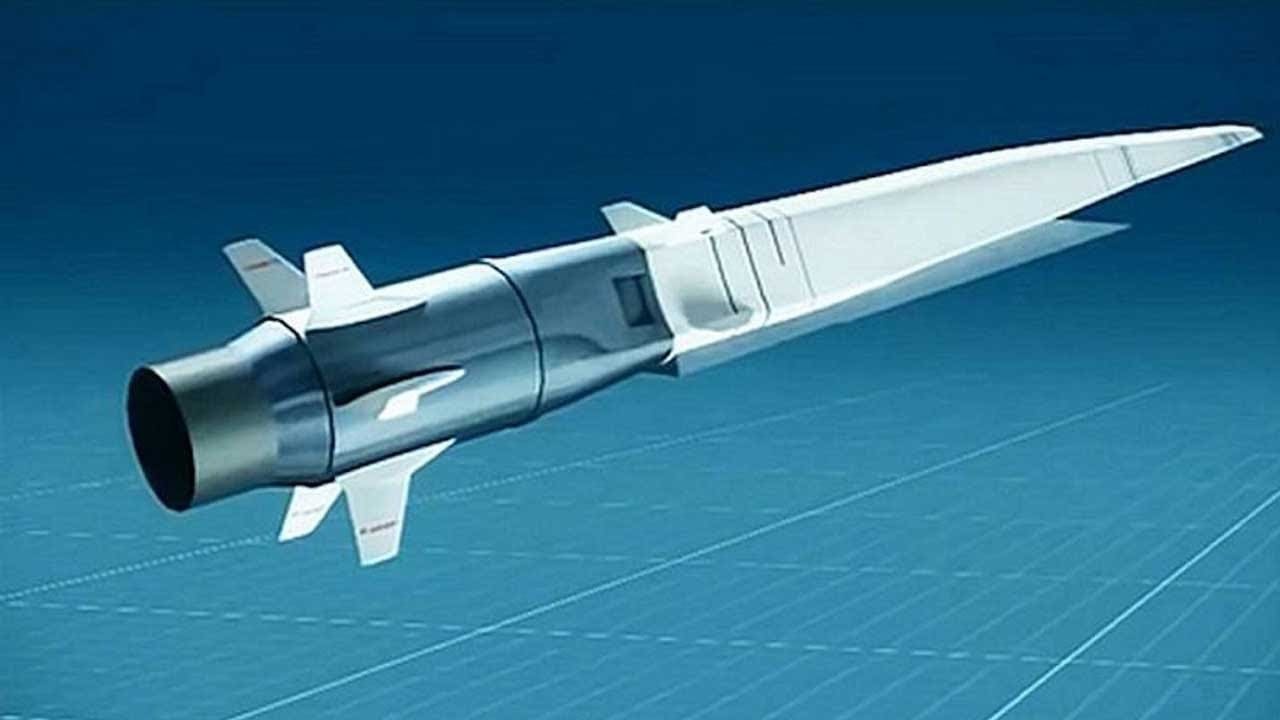China and Russia may be developing hypersonic missiles capable of carrying nuclear warheads. But U.S. hypersonic weapons are being designed only to carry conventional warheads. Does that put America at a disadvantage in the global hypersonic arms race? Or does the existing U.S. nuclear arsenal provide a sufficient deterrent?
What is clear is that America’s most formidable adversaries are aggressively pursuing hypersonic weapons, which travel faster than Mach 5 and are thus harder to intercept. China and Russia “both have a number of hypersonic weapons programs and have likely fielded operational hypersonic glide vehicles— potentially armed with nuclear warheads,” according to a new Congressional Research Service report. “Most U.S. hypersonic weapons, in contrast to those in Russia and China, are not being designed for use with a nuclear warhead. As a result, U.S. hypersonic weapons will likely require greater accuracy and will be more technically challenging to develop than nuclear-armed Chinese and Russian systems.”
In the hypersonic race, America is playing catch-up with China and Russia, which have both weapons and a large hypersonic research infrastructure. Russia appears to have been the first to use hypersonic weapons in combat, after firing two air-launched Kh-47M2 Khinzal (“dagger”) missiles at Ukrainian supply depots last month. In December 2019, Russia claimed its Avangard hypersonic glide vehicle (HGV)– which uses an ICBM to loft a nuclear-armed glider high into the atmosphere, which then descends at Mach 20 – was operational. At sea, the Zircon anti-ship missile has an estimated speed of Mach 9.
China may already have deployed an HGV atop a DF-17 medium-range ballistic missile, with a range of up to 1,500 miles. The DF-41 ICBM – capable of striking the continental United States – could also carry a nuclear-capable HGV. In addition, “some analysts believe that China may be planning to mate conventionally armed HGVs with the DF-21 and DF-26 ballistic missiles in support of an anti-access/area denial strategy” that could target U.S. aircraft carriers.
Most notoriously, China last year tested an HGV – based on a 1960s Soviet Fractional Orbit Bombardment System (FOBS) – that performed a partial orbit before descending over the southern hemisphere. In theory, this could avoid U.S. missile defense radars that face northwards to detect missiles coming over the North Pole.
The U.S. has belatedly responded with at least a half-dozen hypersonic weapons programs, with more than $2 billion in research funding requested for the 2022 military budget. These include a common boost-glide vehicle that can be mounted atop both Navy and Army rockets launched from sea and land. The Army’s Long-Range Hypersonic Weapons (LHRW) program aims for a weapon with a range of at least 1,725 miles. Meanwhile, the Air Force is developing the Air-Launched Rapid Response Weapon (ARRW) with a 1,000-mile range, and recently tested the DARPA-designed Hypersonic Air-breathing Weapon Concept (HAWC) scramjet-powered missile.
But none of the American weapons is designed to carry a nuclear warhead. The question is whether this makes a difference to the nuclear balance of terror.
At first glance, hypersonic weapons are destabilizing. Unlike ICBMs missiles that travel on fast but predictable ballistic trajectories, hypersonic missiles and gliders can maneuver at high speed within the atmosphere to avoid detection and interception by missile defense systems. This raises the possibility of a hypersonic nuclear first strike.
In addition, hypersonics complicate arms control because it’s difficult to determine whether an ultra-fast missile is carrying a conventional or nuclear warhead. That’s one reason why Congress rejected a Navy idea to mount conventional warheads on Trident ICBMs in 2008.
The problem is that nuclear deterrence is more than a question of fast missiles. To “win” a nuclear war means totally wiping out an adversary’s nuclear weapons before they can hit you. Therefore China or Russia would have to be absolutely certain that a first strike would eliminate U.S. ICBMs. And how would hypersonic gliders target U.S. ballistic missile submarines cruising under the ocean?
The U.S. could spend time and money to add nuclear warheads to its hypersonic missiles. Or, more sensibly, it could focus conventionally-armed hypersonics on time-sensitive targets that need to be hit quickly. And let America’s existing nuclear arsenal handle nuclear deterrence.
A seasoned defense and national security writer and expert, Michael Peck is a contributing writer for Forbes Magazine. His work has appeared in Foreign Policy Magazine, Defense News, The National Interest, and other publications. He can be found on Twitter and Linkedin.

